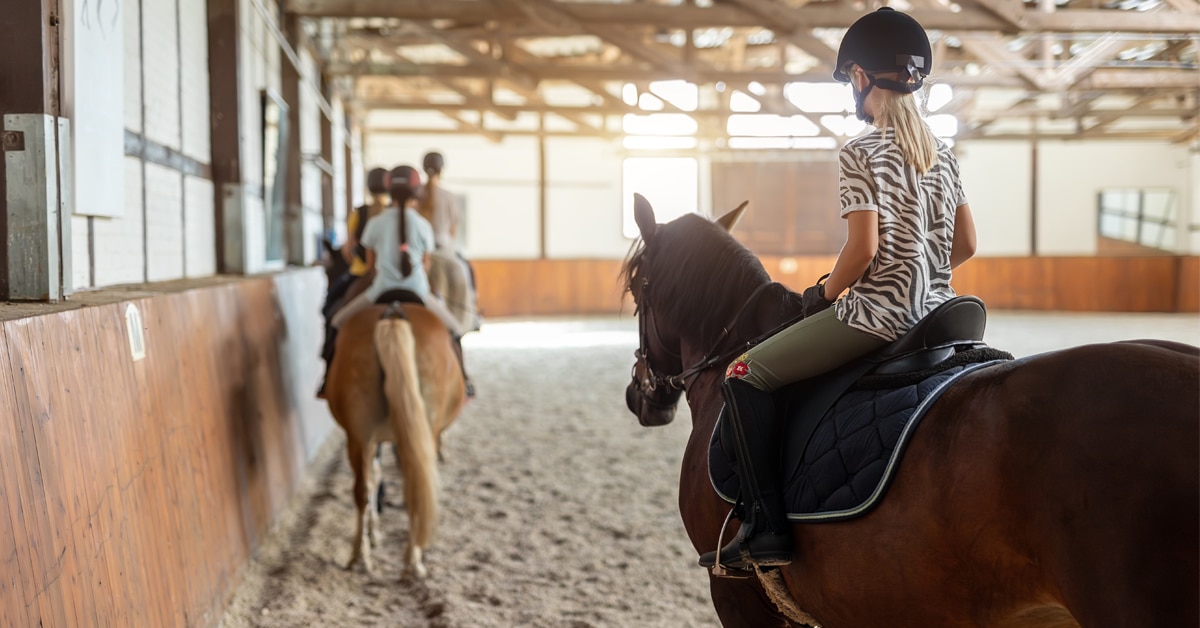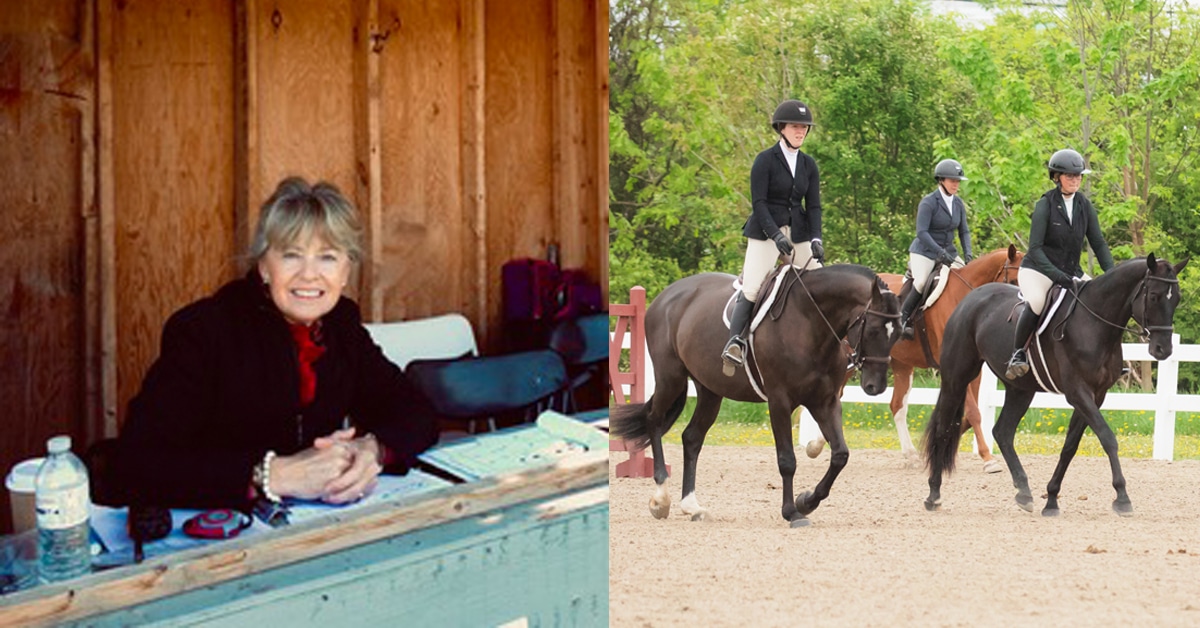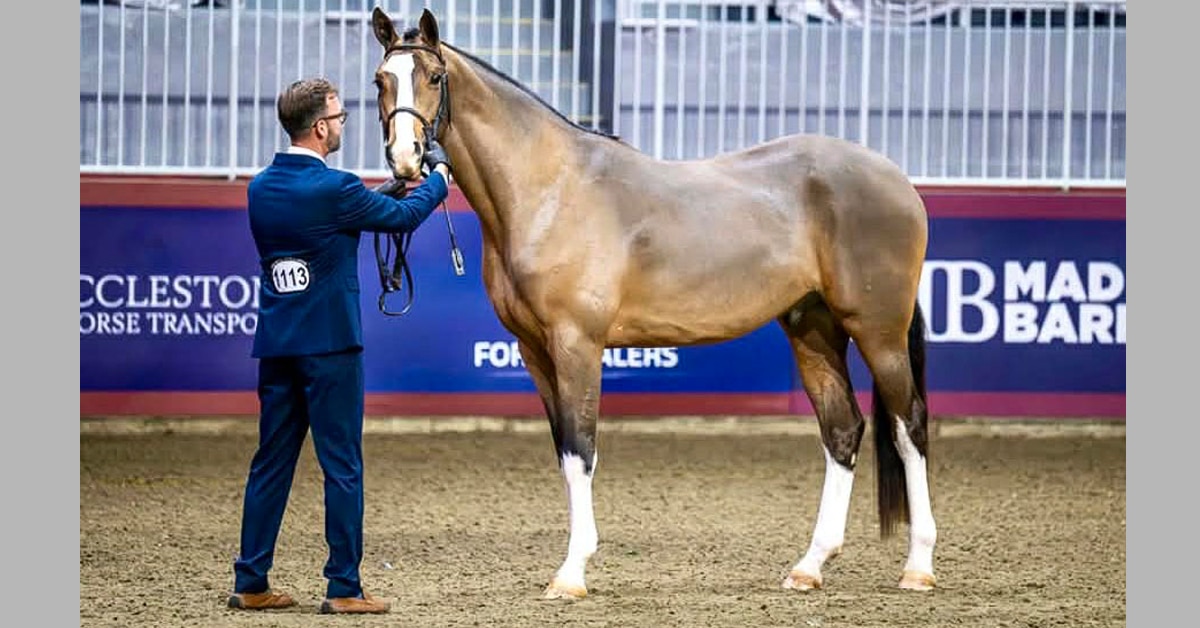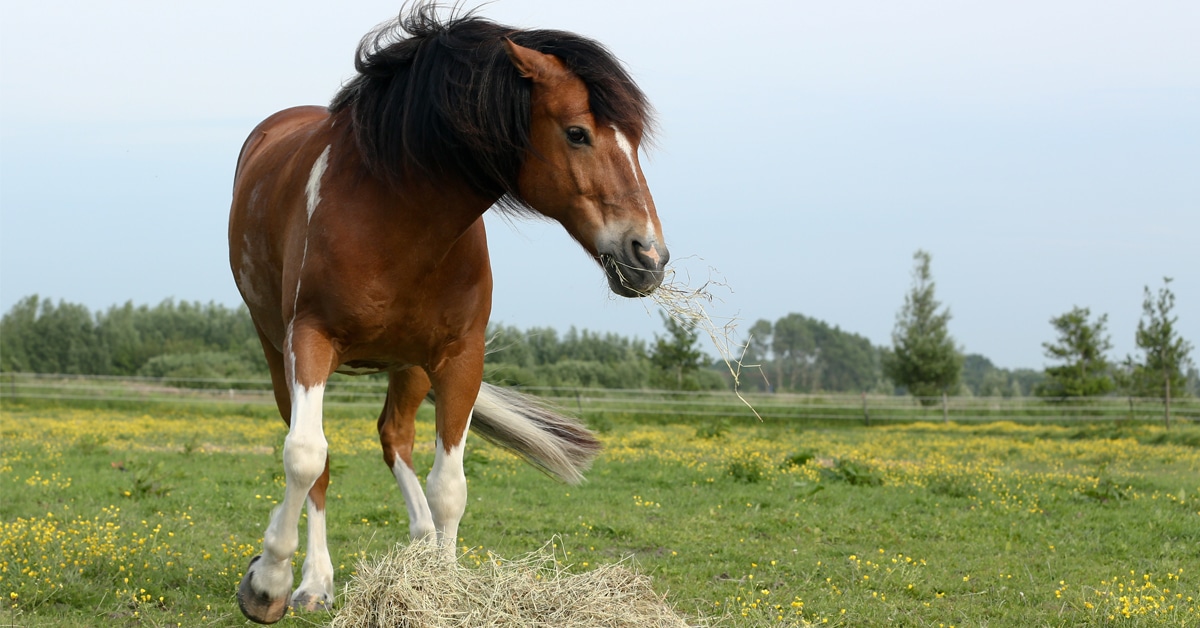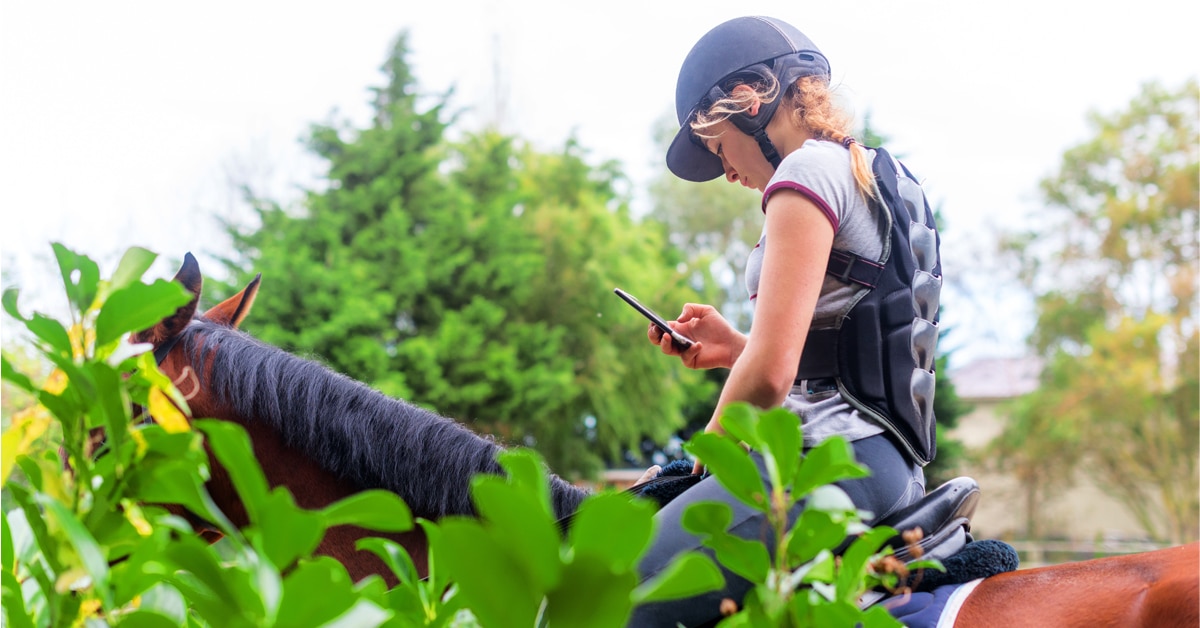A horse that repeatedly gets bruises on his soles quite possibly has thin soles, flat feet, or both. Such horses will frequently be tender walking on rough or hard ground, and may be prone to bruising or abscessing. Horse owners are often told that the only way to help such horses is by shielding the bottoms of their feet with shoes (often with pads added). However, while putting something between the foot and the ground might make a horse less ouchy, it fails to address the cause of the pain. To make matters worse, shoes meant to offer protection may actually work against the development of a healthy sole in the long-run if they cause peripheral loading, meaning they lift the sole, frog and bars (all meant to share in weight-bearing) off the ground.
The good news is that many thin-soled horses and those with flat feet can grow healthier, thicker soles with more concavity if changes are made to correct the underlying issues. Once again, prevention and rehabilitation have the same requirements. The most common reasons horses get thin, flat feet include:

The equine foot is designed to share weight-bearing between the walls, frog, bars and sole. From the rear view on a hard surface, a foot loaded in this way would show the walls and the back of the frog touching the ground (A). When the foot is peripherally loaded (B), the only weight-bearing structure is the hoof wall, as all other parts have been lifted off the ground. This might seem like it would help a horse prone to bruising, but long-term, it can compromise the entire hoof and is a common contributing factor to horses with thin soles and flat feet.
• Compromised blood flow: Since the sole gets its nutrients from the blood that flows through the solar corium, anything that negatively affects the solar corium can affect the growth of the sole. Laminitis, peripheral loading and hoof imbalance are the most common problems that affect the solar corium.
• Invasive trimming: While it should be obvious that cutting away live sole material makes the sole thinner and weaker, far too many hoof care providers do it anyway. Many domestic horses need every millimetre of sole they can grow, so often the best thing to do is simply leave the sole alone.
• Dorsopalmar/plantar imbalance: Horses with long toe/low heel syndrome often have thin soles. This may be due to changes inside the foot affecting the health of the solar corium, or it may be that when the toe migrates forward, it pulls the sole with it, so you end up with the same amount of sole stretched out over a larger area.
• Flaring: A flared-out hoof wall is a sign that the wall
is no longer well connected with the coffin bone. When this happens, the coffin bone sags in the hoof capsule a bit, causing the sole to flatten out.
• Lack of movement: The hoof needs movement in order to develop and function properly. A horse that is not moving is at an increased risk for developing all sorts of hoof problems, including thin soles. Moving incorrectly (landing toe first) will increase these risks as well.
• Coffin bone damage: Horses with damage to the coffin bone often have a hard time growing thick sole, quite possibly related to compromised blood flow. If both the coffin bone and the corium have been damaged, the prognosis for the development of a healthy sole may be guarded.
• Genetics: Just like some people don’t have the thickest or strongest fingernails, some horses aren’t genetically designed to have the thickest soles. Often these horses have fine coats, refined cannon bones, and a thinner hoof wall in addition to thinner soles.

The foot on top shows evidence of chronic laminitis (founder), which has resulted in a number of problems, including thin soles and flat feet (red line). The yellow line shows that there are only a few millimetres of sole between the coffin bone and the ground, which makes the foot prone to bruising and compromises the ability of the foot to grow healthy sole. Compare that to the foot below, which has a healthy, thick sole and good concavity.
If a horse’s soles have become thin for whatever reason, the length of time it takes for that sole to recover will vary. Under optimal conditions, the sole can regain a significant amount of thickness in as little as a few months. If the underlying causative factors are still at work or existing damage is severe, recovery can be slow or simply impossible.
As for what you can do to actively promote sole growth, a multi-pronged approach is most likely to produce good results. In addition to good hoof care that optimizes balance and function, you need to look at your horse’s environment and how much movement he is getting. Moving around on firm terrain improves overall hoof health and stimulates both wall and sole growth, and thus it can make a huge difference in sole health. If your horse’s environment is too soft to provide the pressure and release that encourages good hoof growth, adding some areas of pea gravel to vary the footing can be very beneficial. One caution: if your horse’s soles are so thin that movement is uncomfortable, forcing him to move can be counterproductive until he has recuperated further.
Diet can also work for or against your horse’s soles. Proper nutrition provides the solar corium with the nutrients the horse needs to produce good quality sole.
If a horse has dietary deficiencies, the sole will not grow as well as it should. Likewise, if a horse is consuming an inappropriate amount of certain feeds or nutrients, most commonly excess carbohydrates, it becomes harder to grow a healthy sole and wall.
***
Susan Kauffmann is the lead author of The Essential Hoof Book: The Complete Modern Guide to Horse Feet. She has also been an equestrian journalist, educator and trainer for over three decades.
The Latest

